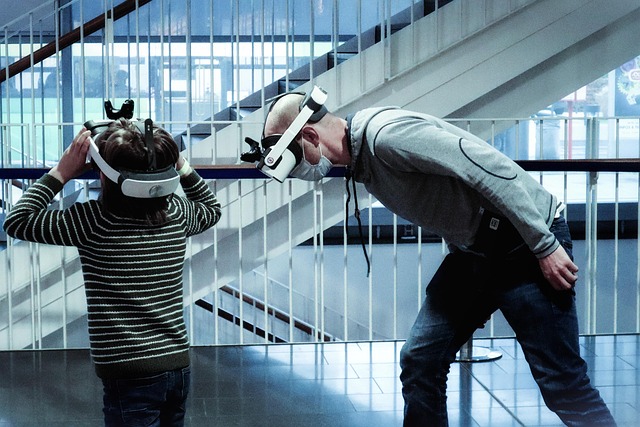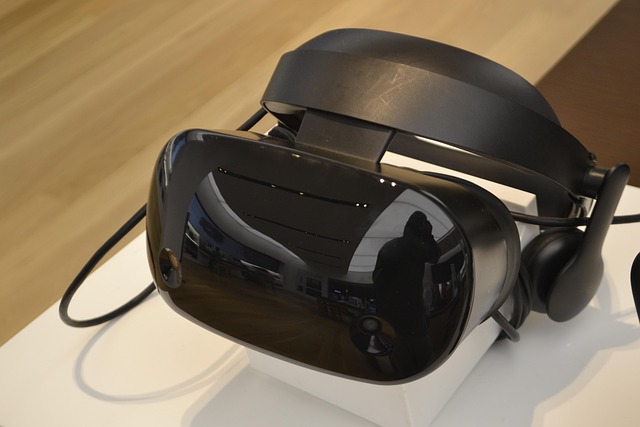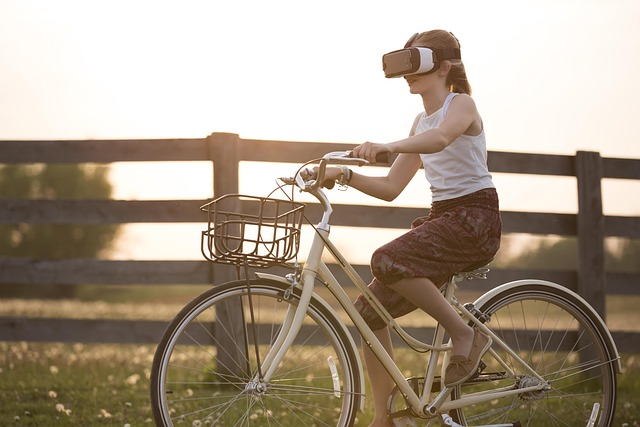In a world where technology is rapidly evolving, the realms of virtual reality (VR) and augmented reality (AR) have begun to redefine our understanding of gaming, education, and even historical exploration. The infusion of these technologies into gaming has birthed a fascinating genre that allows players to step into the shoes of historical figures and experience moments from the past like never before. Welcome to the world of VR historical games, where history comes alive in ways that transcend traditional learning.
Imagine donning a VR headset and finding yourself in the bustling streets of ancient Rome, surrounded by the grandeur of temples and the lively chatter of citizens. With VR historical games, the distance between the player and the past diminishes, creating an immersive experience that feels tangibly real. These games invite us to walk through the corridors of time, enabling us to understand history not just through textbooks, but through immersion.
Through the magic of virtual reality, we are no longer passive recipients of historical data; instead, we become active participants. Games set in notable historical periods allow us to encounter significant events, such as pivotal battles, monumental discoveries, or cultural revolutions. Players can interact with their environment, engage in dialogue with historically accurate characters, and even make choices that could influence the outcomes of these events. This interactivity deepens our connection with history, enriching our understanding and appreciation of the past.
But it doesn’t stop there. Augmented reality further enhances this experience by overlaying digital information onto our real-world surroundings. Think about walking through a museum, using an app that brings exhibits to life, providing you with narratives and visualizations as you scan artifacts with your device. AR historical games and apps let you interact dynamically with the history around you, providing a unique blend of education and entertainment.
The metaverse, a collective virtual space that incorporates augmented reality, virtual reality, and the physical world, holds immense potential for VR historical games. It’s a canvas where creators and players can collaborate, sharing experiences that bridge gaps across time and culture. Imagine engaging with others in a virtual space, reconstructing the Renaissance, participating in a town hall meeting during the American Revolution, or even walking the Great Wall of China — all within the metaverse. These experiences cultivate community, encourage shared learning, and ignite discussions about our collective history.
The appeal of VR historical games stretches beyond just fun; they serve an educational purpose, offering tools for teachers and students alike. Gamifying history can increase engagement and retention, making it easier for individuals to remember important dates, figures, and events. Whether used in classrooms or at home, these games can inspire a lifelong passion for history.
As technology continues to advance, the potential for VR historical games only grows. Developers are constantly innovating, exploring new narratives and technological capabilities that can enrich our experiences. With each new game, we step closer to connecting with our past in ever more profound ways, ensuring that history is not just something we study, but an adventure that we live.




